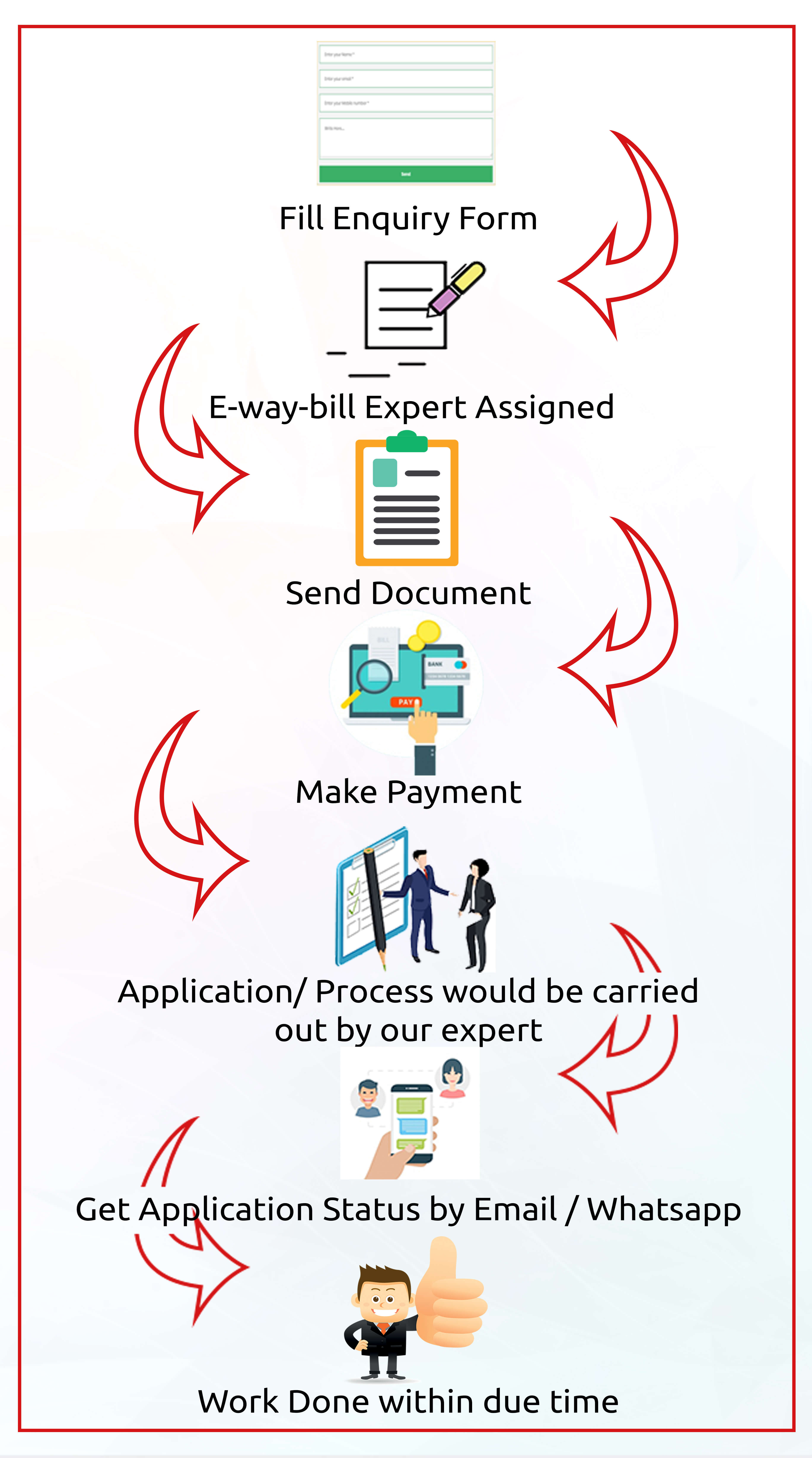What is an E-Way Bill
E-Way Bill is the short form of Electronic Way Bill. It is a unique document/bill, which is electronically generated for the specific consignment/movement of goods from one place to another, either inter-state or intra-state and of value more than INR 50,000, required under the current GST regime. As per the update on 23rd Mar 2018, Generation of the e-Way Bill has been made compulsory from 1st April 2018. Inter-state implementation of e-way bill is notified to be implemented from 1st April 2018. The implementation of Eway Bill to kick-off from 15th April 2018 in a phased manner. States to be divided into 4 lots to execute this phased rollout. When e-Way Bill is generated, a unique e-Way Bill Number (EBN) is made available to the supplier, recipient and the transporter. The e-Way Bill replaces the Way Bill, which was a physical document and existed during the VAT regime for the movement of goods.
Who should generate an e-Way Bill
Let’s try to understand who needs to generate an eway bill during transportation.
GST Registered Person:
(a) When a registered person causes the movement of goods/ consignment, either in the capacity of a consignee (i.e., buyer) or consignor (i.e., seller) in his/her vehicle or hired vehicle or railways or by air or by ship, then either the registered person or the recipient should generate the e-Way Bill in Form GST EWB 01 electronically on the common portal by furnishing information in Part B.
(b) When a registered person causes the movement of goods and hands these over to the transporter for transportation by road, but the e-Way Bill has not been generated, then it is the transporter who needs to generate the bill. The registered person will first furnish the information relating to the transporter in Part B of Form GST EWB. After which, the transporter will generate the e-Way Bill by the information furnished by the registered person through Part A of Form GST EQB 01.
Unregistered Person:
(a) When an unregistered person causes the movement of goods, through his/her conveyance or hired conveyance or using the services of a transporter, then the e-Way Bill needs to be generated either by the unregistered person or by the transporter, by completing Form GST EWB-01.
(b) When an unregistered person supplies the goods to a registered person AND the registered person is known to the unregistered person at the time of the start of the movement of goods, then it will be considered that the registered person is moving the consignment. In this case, the registered person or transporter shall complete the formalities of the e-Way Bill.






